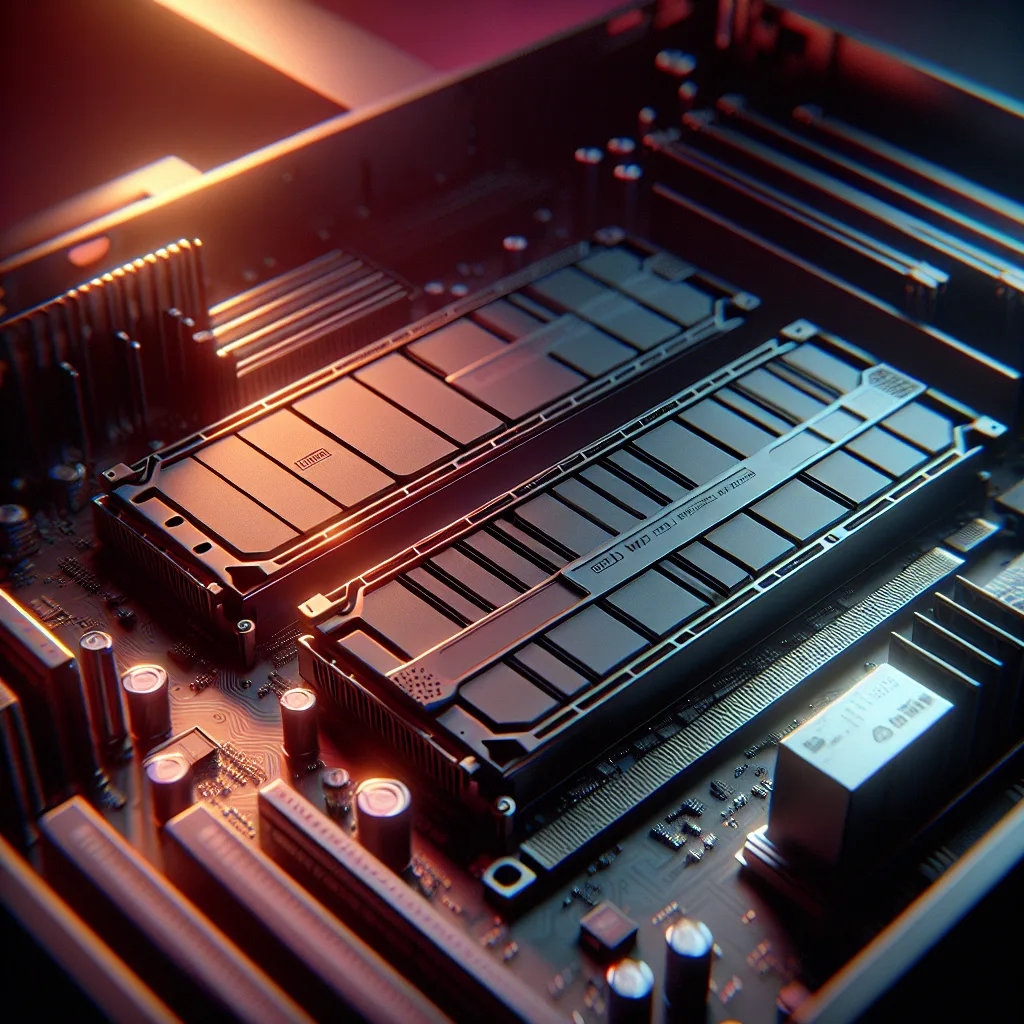Is your server randomly shutting down? The problem might be your M.2 SSDs overheating. Learn why it happens and the simple ways you can fix it for good.
My server just wouldn’t stay on.
It’s one of the most frustrating problems to have. You hit the power button, everything whirs to life, and then sometime later—maybe minutes, maybe an hour—it just gives up. No warning, no blue screen, just… silence.
That was my reality for a few days. I was wracking my brain trying to figure it out. Was it a bad power supply? Faulty RAM? I spent hours digging through system logs, but nothing pointed to a clear cause. The server, a trusty HP ProLiant, wasn’t giving me any obvious clues. It just seemed to decide, “I’m done for now,” and would unceremoniously shut itself down.
After what felt like an eternity of troubleshooting, I finally stumbled into the server’s deeper management interface. And there it was. A tiny alert I’d overlooked, buried in a sea of data: a temperature warning. But it wasn’t the CPU. The CPUs were sitting at a perfectly reasonable temperature. It was something else.
The culprit? The brand new, lightning-fast M.2 NVMe drives I had just installed.
The Hidden Heat Source
I was so excited about these drives. I’d put them on a simple PCIe adapter card to add some high-speed storage to my setup. What I didn’t fully appreciate was just how much heat those little sticks of storage can generate.
When I looked at the detailed sensor readings, my jaw dropped. One of the drives was idling at over 70°C (that’s about 160°F). Under any kind of load, it was likely getting even hotter, triggering the server’s emergency shutdown to protect itself from damage.
But why was it happening? My server room is cool, and the server’s fans sound like a jet engine. Shouldn’t there be enough airflow?
Well, here’s the lesson I learned the hard way.
Enterprise servers, like my HP DL360, are marvels of thermal engineering. Every component, every fan, every plastic baffle is designed to work together to create precise tunnels of airflow. The air is meant to be pulled in from the front, shot across the drives, then over the CPUs and RAM, and finally exhausted out the back.
My PCIe adapter card, however, was sitting in a thermal blind spot. The server’s powerful fans were doing their job, but the air was rushing right over the top of the card, completely missing the M.2 drives mounted on it. They were essentially sitting in a pocket of dead, hot air, slowly cooking themselves.
How to Cool Down Your Drives
So, if you’re thinking of adding M.2 drives to your own server, don’t let my story scare you off. It’s a fantastic upgrade. You just need to plan for the heat. Here are a few things that can solve the problem.
- Get a Better Heatsink: Most M.2 drives come with a sticker on them and nothing else. Some PCIe adapters include flimsy, tiny aluminum heatsinks. Ditch them. You can buy much beefier, passive M.2 heatsinks online for a few bucks. They have more surface area and do a much better job of pulling heat away from the drive’s controller. This is the easiest first step.
- Consider Active Cooling: If a passive heatsink isn’t enough, you might need to get some air moving directly over the card. Some high-end adapter cards come with their own built-in fans. Another option, popular in the homelab community, is to strategically place or 3D-print a mount for a small fan to blow air directly onto the PCIe card. It doesn’t have to be a hurricane; just a little bit of direct airflow can make a huge difference.
-
Check Your Fan Speeds: Most servers have different fan profiles in their BIOS or management settings (like “Optimal Cooling” vs. “Maximum Cooling”). You can manually set the fans to run at a higher RPM. This will increase noise and power consumption, so I see it as more of a temporary fix, but it can help you diagnose if airflow is truly the issue.
-
Mind the Baffles: Those weird plastic shrouds inside your server are incredibly important. They guide the air where it needs to go. Make sure they are all present and properly seated. If one is missing, it can completely disrupt the designed airflow path and create hot spots.
In my case, a combination of a much larger heatsink and slightly increasing the server’s minimum fan speed did the trick. My drive temperatures dropped by nearly 20°C, and the random shutdowns stopped completely.
It was a simple fix, but a valuable lesson. In the world of servers and high-performance parts, heat is always the enemy. Sometimes, it’s just hiding where you least expect it.
